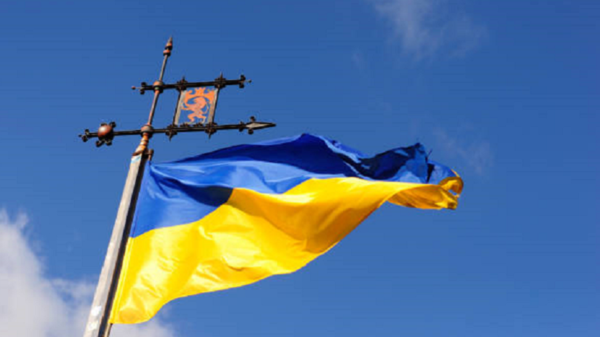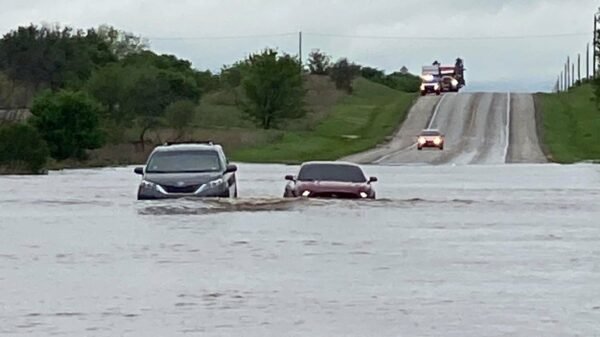Myanmar Earthquake Death Toll Rises to Nearly 5,000
Myanmar is reeling from one of its deadliest natural disasters in recent history, as the death toll from the recent earthquake has climbed to nearly 5,000. The devastation has prompted international concern and urgent calls for humanitarian assistance.
Powerful Quake Strikes Central Myanmar
The 7.2-magnitude earthquake struck central Myanmar late last week, with its epicenter near the densely populated Mandalay Region. Entire villages have been flattened, and infrastructure has suffered extensive damage.
Casualties Continue to Rise
As rescue teams access more remote areas, the official death toll has risen steadily and is now approaching 5,000. Thousands more are injured, and the number of missing persons continues to grow as search operations persist.
Rescue Efforts Hampered by Aftershocks
Dozens of aftershocks have complicated rescue efforts, forcing emergency teams to retreat at times for their own safety. The unstable ground conditions have also hindered access to several affected communities.
Hospitals Overwhelmed with the Injured
Local hospitals and clinics are overflowing with injured residents, many of whom require urgent surgery and trauma care. Medical teams are operating under intense pressure, often with limited supplies and staff.
Shelter Crisis for Displaced Survivors
The quake has left over 300,000 people homeless. Makeshift camps have sprung up in open fields, while relief workers scramble to provide tents, blankets, and clean water to prevent further health crises.
Lack of Equipment Slows Search Operations
Rescue teams face significant shortages in heavy equipment needed to clear debris and recover bodies trapped under rubble. Volunteers are often forced to dig through ruins by hand, slowing progress significantly.
Government Declares State of Emergency
Myanmar’s military-led government has declared a national state of emergency in the quake-hit areas. Authorities have appealed for international support, acknowledging the limits of their capacity to respond effectively.
International Aid Begins to Arrive
The United Nations, Red Cross, and neighboring countries such as India and Thailand have begun dispatching aid packages. However, coordination is proving difficult due to political instability and damaged communication lines.
Concerns Over Access to Affected Regions
Several areas remain inaccessible due to collapsed bridges and landslides triggered by the quake. Aid agencies have called for air support to reach mountainous zones where survivors are reportedly in desperate need.
Children Among the Most Affected
Child welfare organizations report that children make up a large proportion of the victims. Many have lost parents or been injured, and are now vulnerable to trauma, malnutrition, and exploitation.
Schools and Religious Sites Destroyed
Many schools, monasteries, and temples—key pillars of community life in Myanmar—have been destroyed or severely damaged. The cultural loss is immense, adding emotional strain to the disaster’s physical toll.
Waterborne Diseases a Growing Threat
With sanitation systems collapsed and water sources contaminated, health officials are warning of a possible outbreak of cholera and other waterborne illnesses in displacement camps.
Grief and Anger Among the Survivors
Amid the mourning, frustration is growing over perceived delays in the government’s response. Survivors have voiced anger at the slow pace of aid and the lack of clear communication about relief plans.
Global Community Urged to Step Up
Humanitarian organizations are urging the international community to increase funding and logistical support for Myanmar. Without a coordinated global response, experts warn the death toll could continue to rise and the recovery may take years.



































